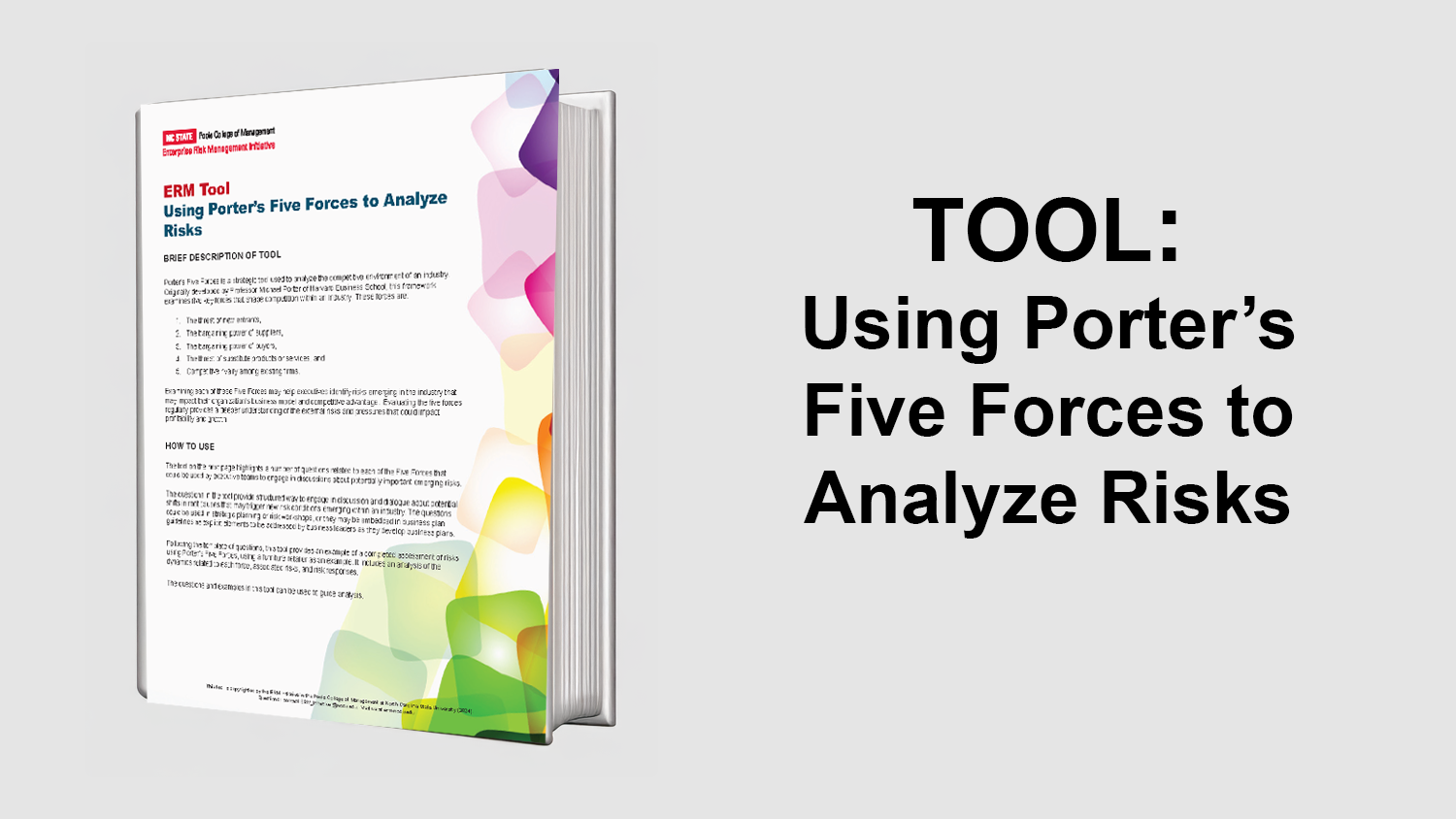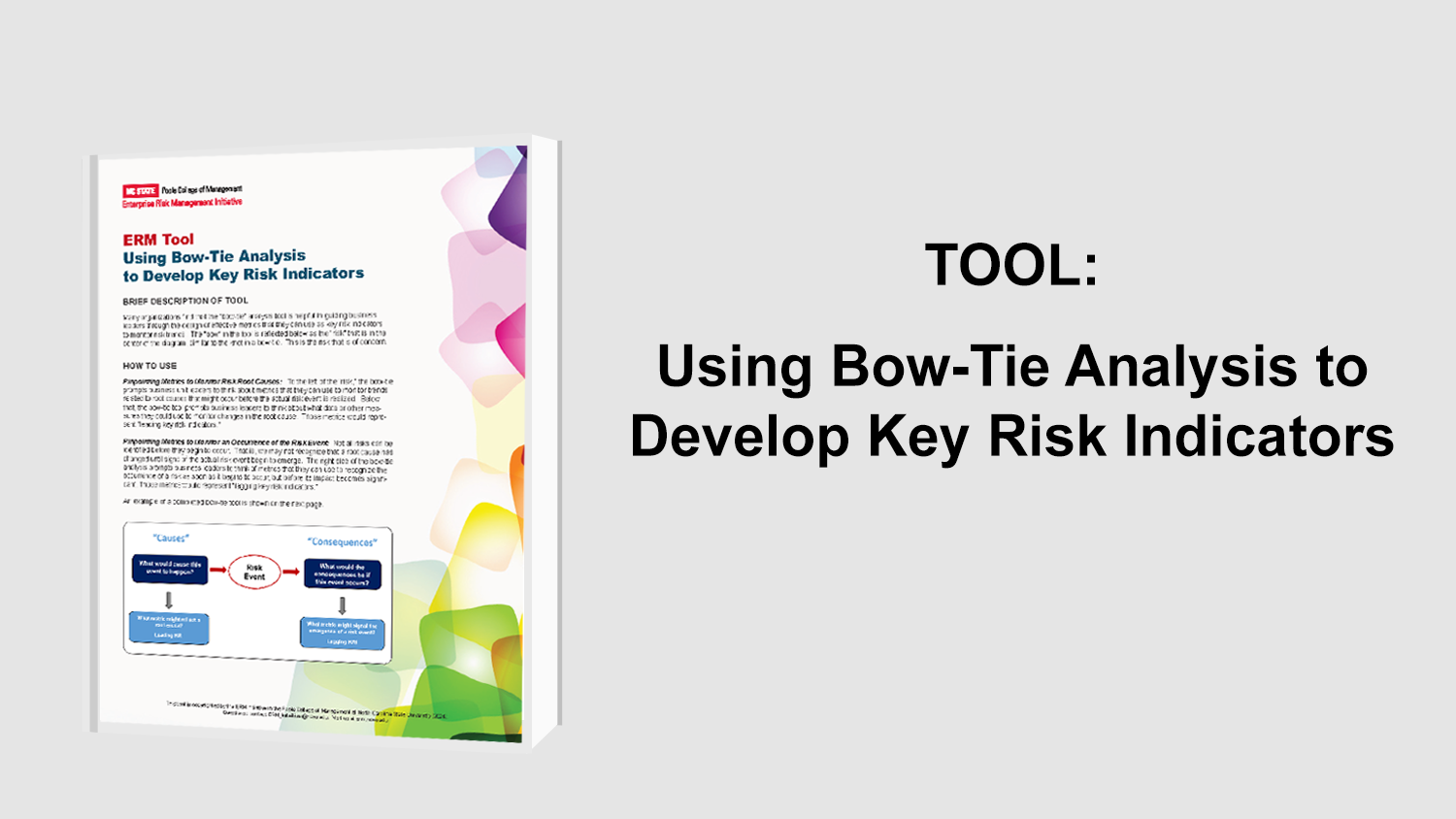ERM-Benefits for Strategic Planning
The Quarterly Journal of the EDS Agility Alliance report authored by Prakash Shimpi, and titled, Coming of Age: As Enterprise Risk Management Matures, So Does Its Value in Strategic Planning, emphasizes the rewards of ERM. Even though some senior managers still lack the broad perspective needed to deal with risk management issues, new tools have emerged and ERM has rapidly gained momentum. It is imperative for senior management to place ample emphasis on competition risks just as common hazard risks are already addressed on a consistent basis.
Due to increased competition, stakeholder expectations, and an augmented number of helpful tools available for businesses, enterprise risk management (ERM) has gained momentum. The Committee of Sponsoring Organizations of the Treadway Commission’s (COSOs) framework for ERM has generated needed assistance after continual publicity of fraudulent business activity.
The RCV Framework is one tool that can assist businesses with risk management. The concept focuses on maximizing value through effective management of risks and the capital used for financing business. Since the methods of dealing with risks and corporate finance can be so different, the RCV Framework can be used to merge the language of both. Risk must be first quantified and then the analysis of how much capital and what type of capital to be used can be performed. The goal of management is to make certain the reward is greater than the capital investment.
ERM has helped the financial and insurance industries to better understand the relationship between risk and the enhancement or extinction of value. Because of the on-going success it has provided, the expansion of ERM is endless. Even though ERM practices will vary among different industries, the framework provides the main objective that emphasizes using risks as the foundation of analysis. Some of the benefits of ERM are listed below:
- identification of risks throughout the entire company,
- determination of risks that endanger an organization’s operations,
- identification of risks associated with investments and the potential affect on the business, and
- detection of risks that should be eliminated or reduced.
When businesses utilize ERM successfully, they may obtain a competitive advantage. More and more companies are realizing the importance of merging everything from credit to culture risks into a reliable framework. ERM uses the following concepts:
- proper identification, quantification, and management of risks,
- application of ERM techniques to provide diversification both internally and externally,
- scenarios of the affects of different risks on an organization’s capital structure, and
- risk management of treasury activity.
Original Article Source: “Coming of Age: As Enterprise Risk Management Matures, So Does Its Value in Strategic Planning”, EDS Agility Alliance, September 2006
- Categories:
- Types:


